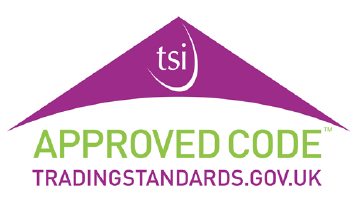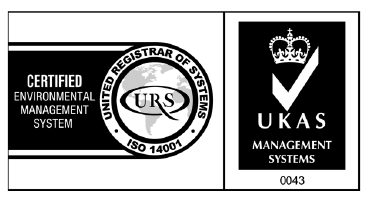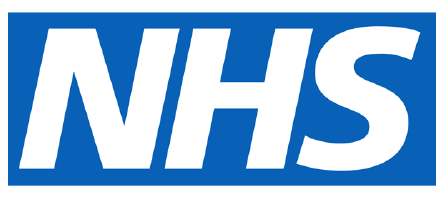Pressure ulcers are a serious and sometimes debilitating condition. It is important therefore that, when caring for individuals who are unable to care for themselves, a full assessment is carried out in order to see if they are at risk.
Daily Skin Inspection
 Daily inspection of a patient’s skin should be a top priority within any caring environment as this allows the carers/nurses to identify any areas which might suggest a cause for concern. Areas particularly prone are those that lie over a bony prominence, as shown in the diagram. Once an area that shows signs of deterioration has been recognized then the appropriate interventions can be put in place. Careful examination of people with darker coloured skin is necessary as reddened areas may not be easily seen.1
Daily inspection of a patient’s skin should be a top priority within any caring environment as this allows the carers/nurses to identify any areas which might suggest a cause for concern. Areas particularly prone are those that lie over a bony prominence, as shown in the diagram. Once an area that shows signs of deterioration has been recognized then the appropriate interventions can be put in place. Careful examination of people with darker coloured skin is necessary as reddened areas may not be easily seen.1
Risk Assessmnet Tools
Various risk assessment tools such as the Braden scale, Norton scale and the Waterlow scale are widely used within healthcare organisations and they are highly recommended within the NICE guidelines.2
These tools play an important role when identifying areas of the skin that might be at risk of developing pressure ulcers; once completed they will provide information on who is and isn’t at risk.3
SSKIN
Healthcare professionals should also be mindful of SSKIN: a five step model for pressure ulcer prevention, understanding the points highlighted within this model will provide the carer with a clear overview of how to protect the skin.
- Surface: Make sure your patients have the right support
- Skin: early inspection means early detection, show patients and carers what to look for
- Keep: your patients moving
- Incontinence/moisture: your patients need to be clean and dry
- Nutrition/hydration: help patients have the right diet and plenty of fluids. 4
It has been noted that 95% of pressure ulcers are preventable.5 Spotting skin changes early on could save those you care for from experiencing the pain and suffering these wounds would surely bring.
Bibliography
1 Guy, H et,al (2013) Pressure ulcer prevention: making a difference across a health authority? [Online] Available at: http://nhs.stopthepressure.co.uk/docs/BJN-Article-2013.pdf [Accessed 01/11/2016]
2 NICE (2014) Pressure Ulcers: Prevention and Management [online] Available at: https://www.nice.org.uk/guidance/cg179/chapter/1-Recommendations [Accessed 01/11/2016]
³ Guy, H (2012) Pressure ulcer risk assessment; Nursing Times; 108: 4, 16-20
⁴ Brotherton, A (2015) SKIN: A five step model for pressure ulcer prevention [online] Available at: http://www.bapen.org.uk/nutrition-support/good-practice-in-nutritional-care/examples-of-good-practice-in-nutritional-care/regional-settings/sskin-a-five-step-model-for-pressure-ulcer-prevention [Accessed 01/11/2016]
About the author – Ray Booth
Ray Booth is Research & Innovation Director at Select Medical. He has been involved in the pressure care equipment industry for over 20 years. In that time he has created a wide range of well-designed alternating air pressure mattress systems for use in hospital, hospice and community healthcare sectors.








